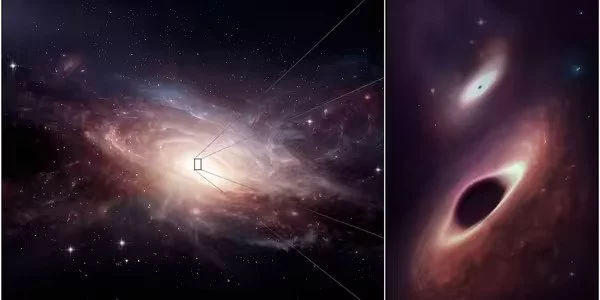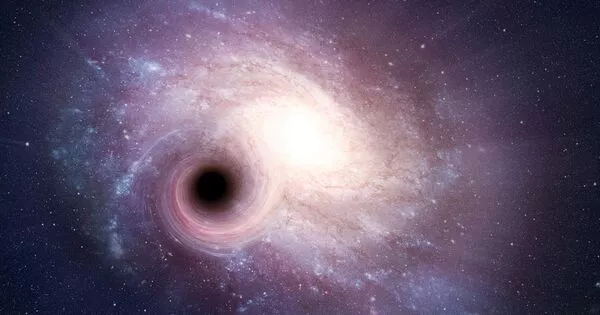Gravitational waves are ripples in the fabric of spacetime caused by massive object acceleration. Albert Einstein’s theory of general relativity predicted them, and they were directly detected for the first time in 2015. Since then, gravitational wave astronomy has advanced rapidly, providing us with a novel way to observe and study cosmic phenomena.
According to a new study published in Physical Review Letters, researchers have discovered a new generic production mechanism of gravitational waves generated by a phenomenon known as oscillons, which can originate in many cosmological theories from the fragmentation into solitonic “lumps” of the inflaton field that drove the early Universe’s rapid expansion.
The results have set the stage for revealing exciting novel insights about the Universe’s earliest moments.
The results provide a novel test of the early Universe dynamics that is independent of the previously studied cosmic microwave background radiation. The discovery of gravitational waves would open a new window into the Universe’s early moments and could shed light on some of cosmology’s most pressing fundamental questions.
Kaloian D. Lozanov
The inflationary period that followed the Big Bang is thought to have caused the Universe to expand exponentially. The rapid expansion period is often followed by the formation of oscillons in many cosmological theories. Oscillons are a type of localized non-linear massive structure that can form from fields that oscillate at high frequencies, such as the inflaton field. These structures can last for a long time, and as the researchers discovered, their eventual decay can produce a significant amount of gravitational waves, which are ripples in space-time.
In their study, Kavli Institute for the Physics and Mathematics of the Universe (Kavli IPMU) Project Researcher Kaloian D. Lozanov, and Kavli IPMU Visiting Associate Scientist, International Center for Quantum-field Measurement Systems for Studies of the Universe and Particles (QUP) Senior Scientist, and High Energy Accelerator Research Organization (KEK) Theory Center Assistant Professor Volodymyr Takhistov, simulated the evolution of the inflaton field during the early Universe and found that oscillons were indeed present. They then found that oscillon decay was able to generate gravitational waves that would be detectable by upcoming gravitational wave observatories.

Fig: Researchers find new approach to explore earliest universe dynamics with gravitational waves
The results provide a novel test of the early Universe dynamics that is independent of the previously studied cosmic microwave background radiation. The discovery of gravitational waves would open a new window into the Universe’s early moments and could shed light on some of cosmology’s most pressing fundamental questions.
With the ongoing development of gravitational wave detectors and supercomputing resources, we can expect to learn even more about the early moments of the Universe in the coming years. Overall, the new research shows the power of combining theoretical models with advanced computational techniques and observations to uncover new insights into the evolution of the Universe.
Gravitational waves can provide valuable insights into the dynamics and conditions of the universe shortly after the Big Bang in the context of the early universe. According to the Big Bang theory, the universe experienced a rapid expansion known as cosmic inflation during its early moments. This period of inflation produced gravitational waves, which imprinted themselves on the fabric of spacetime.
The detection and analysis of these primordial gravitational waves could provide direct evidence for cosmic inflation as well as insights into the physics that governed the early universe. Researchers can infer the energy scales, duration, and other characteristics of cosmic inflation by studying the properties of these waves, such as their polarization patterns and power spectra.





